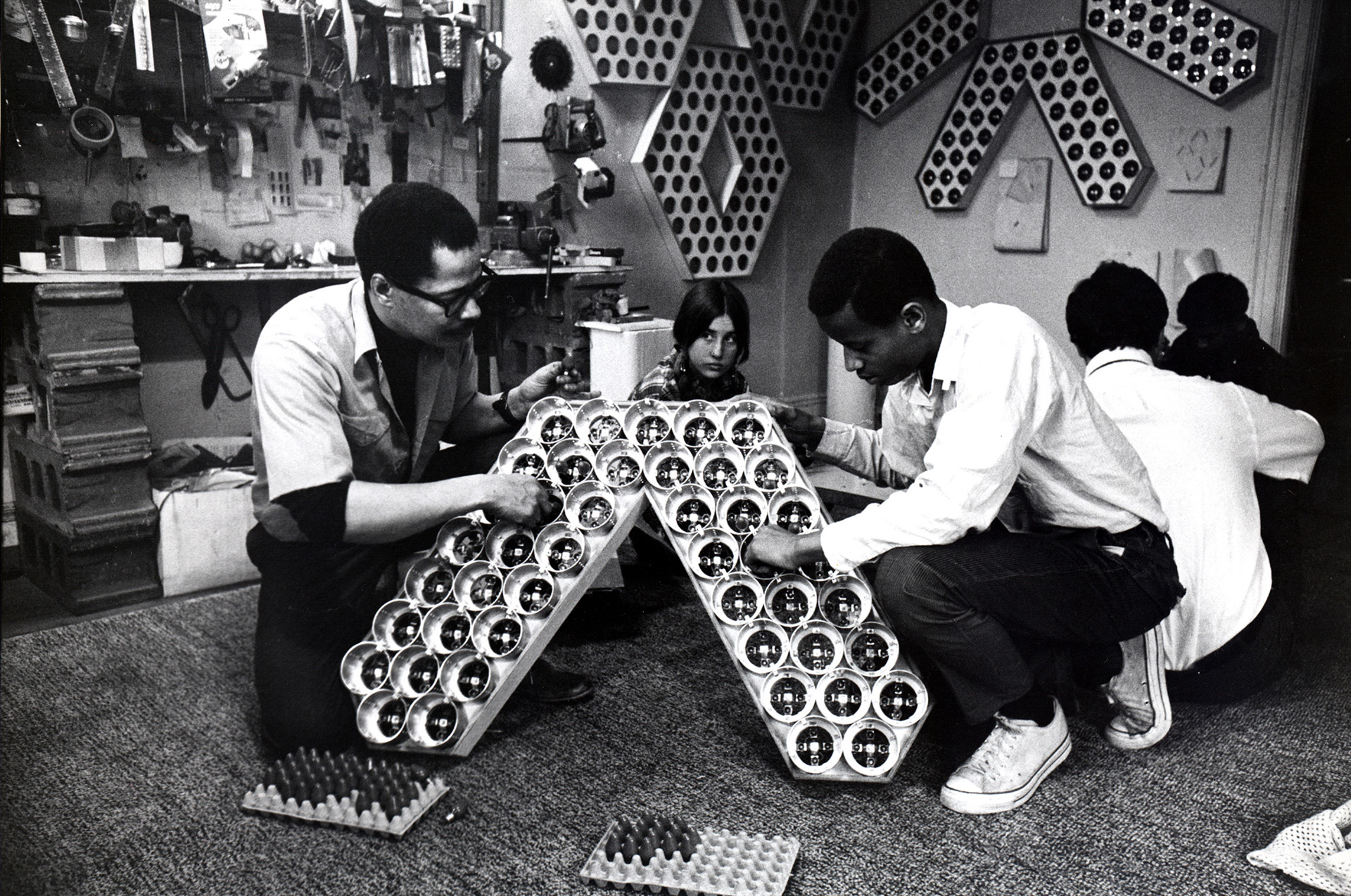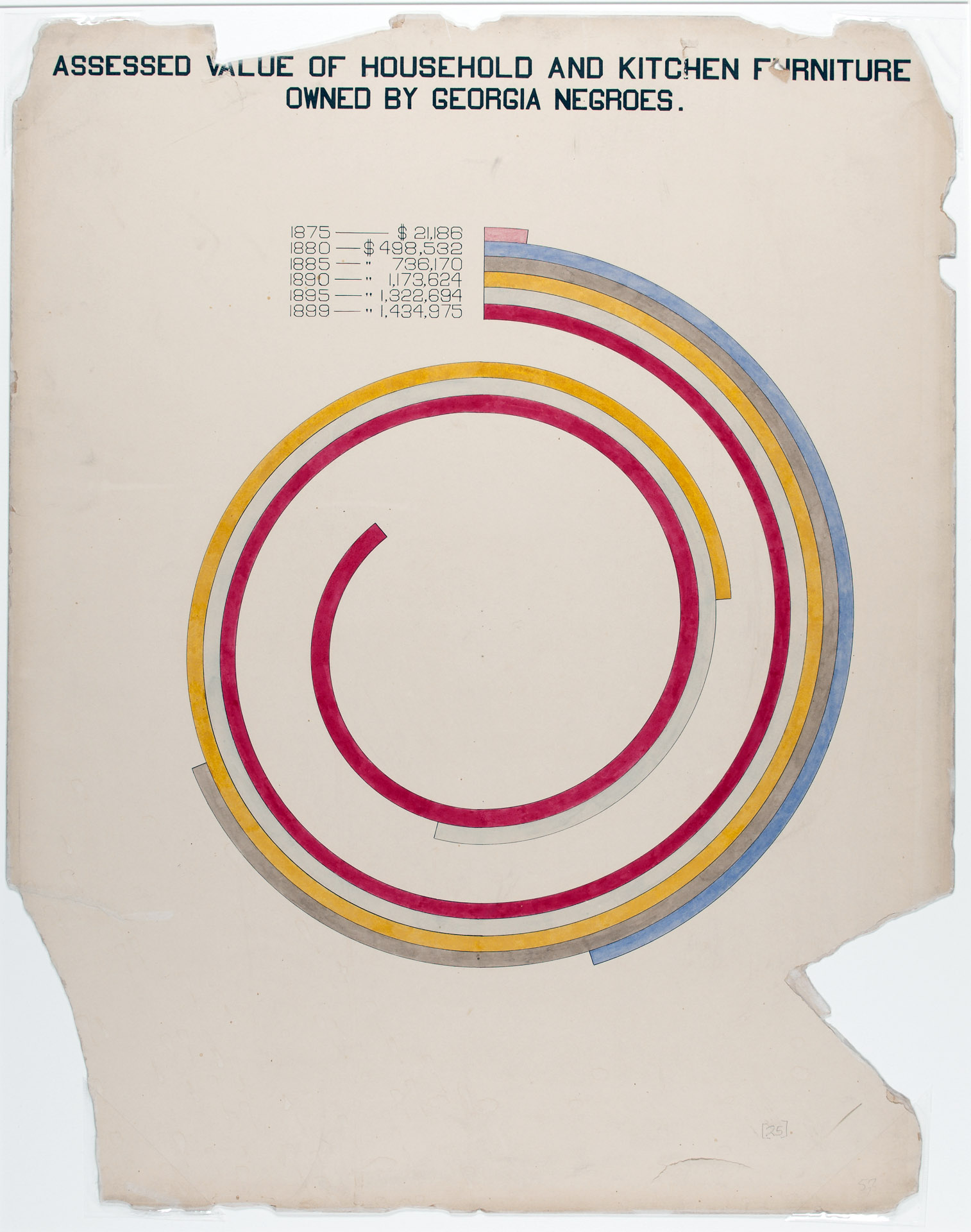
Tom Lloyd and apprentices in the artist’s studio in Jamaica, Queens, c. 1968. Photo by Reginald McGhee. Courtesy of The Studio Museum in Harlem Archives.
The first of its kind internationally, Code Switch: Distributing Blackness, Reprogramming Internet Art (working title) is a survey exhibition of artists exploring and redefining the history of “Black data,” centering and celebrating contributions by artists of African descent to the rapidly advancing field of digital practice. Drawing its title from André L. Brock’s groundbreaking text Distributed Blackness: African American Cybercultures (2020), the exhibition explores the relationship between Black cultural production and the legacy of computation as a mode of mechinic engagement and creative inspiration. This exhibition is responsive to the troubles of the burgeoning canon of “Internet art” and ongoing discourse surrounding cybernetics, one that has uneasily echoed the dilemma of Western art history in its marginalization of Black creative practitioners.
Curated by Russell, Code Switch recognizes artists of African descent as key producers of “Black data”: contributors to, drivers of, and innovators through and beyond digitally networked culture. Highlighting a wide range of forms—websites, hardware, software, gaming, Augmented Reality, Virtual Reality, textiles, painting, print material, and graphics—the exhibition explores the framework of the Internet as architecture, landscape, language, and site of future imagination.

W.E.B. DuBois, “Assessed value of household and kitchen furniture owned by Georgia Negroes.” Library of Congress.
Code Switch: Distributing Blackness, Reprogramming Internet Art is part of Teiger Foundation's Climate Action Pilot.